Tags: Stars
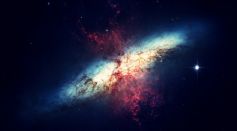
Extremely Fast Radio Burst Found in Surprising Location in Space; Astronomers Claim It's the Closest Source Ever
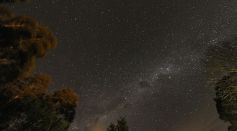
Where Did Milky Way's Stars Come From? Researchers Investigate If They Formed Within, Outside, or Blended in the Galaxy

Young Stellar Jets Wandering Through Field of Stars Captured in New Images Using Gemini South Telescope
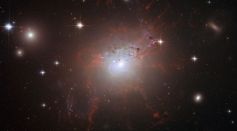
Star Fuel Reservoirs That Surround Galaxies, Enable Formation of New Planets
NASA Probe Rocket to Monitor Nearby Star to Find Life Outside the Solar System
Researchers Successfully Recreates Supernova Reaction In a Lab Using an Accelerated Beam of Radioactive Nuclei
White Dwarf From 1,400 Light Years Away Seen Switching On and Off for the First Time
Giant Magnetic Tunnel Within Solar System: This Mystery Item 'Covers' Earth, Other Stars in Milky Way Galaxy
NASA Hubble Space Telescope Shares How Different Baby Stars Sound Like From Space
3D Printing Allows Astronomers to Hold Stellar Nurseries in Their Hands to Observe the Stars
How Black Holes Form: New Simulation Video Shows How Galaxies Feed Supermassive Mouths
Stars Gobble Up Planets; Instability of Solar Systems Could Help Identify Sun-Like Stars Hosting Earth-like Planets
Supernova Blast Captured: Kepler Space Telescope Reveals the Groundbreaking Data It Recorded 3 Years Ago
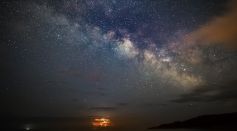
Park for Stargazing: International Dark-Sky Association Declares Waterton-Glacier International Peace Park as World's First Dark Sky Park
Neutron Stars Have Tiny Mountains That Are No More Than Millimeters Tall, Study Suggests
Why Do Asteroids and Comets Have Weird Shape? The Reason Behind Moon and Star's Spherical Shape Explained
Hubble Space Telescope Captures Brilliant Star Cluster Despite Being in Safe Mode
Where Stars Are Born: NASA's SOFIA Telescope Captures High-Resolution View of a Star Nursery in the Milky Way
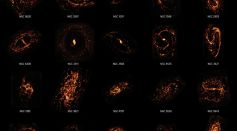
Over 100,000 Star Nurseries Mapped Across 90 Galaxies May Help Us Understand the Universe

Milky Way: Stream of Nearly 500 Stars in the Galaxy is a Family Thousands of Light-Years Away
Most Popular

10 Weird Things the Human Body Does—and the Science Behind These Biological Mysteries

Why Mega Typhoons Keep Getting Stronger: The Science Behind Typhoon Formation and Extreme Weather

Top Space Technology Trends and Aerospace Innovations Revolutionizing the World Today

How Plate Tectonics Trigger Earth's Most Dangerous Disasters Through Powerful Seismic Hazards





